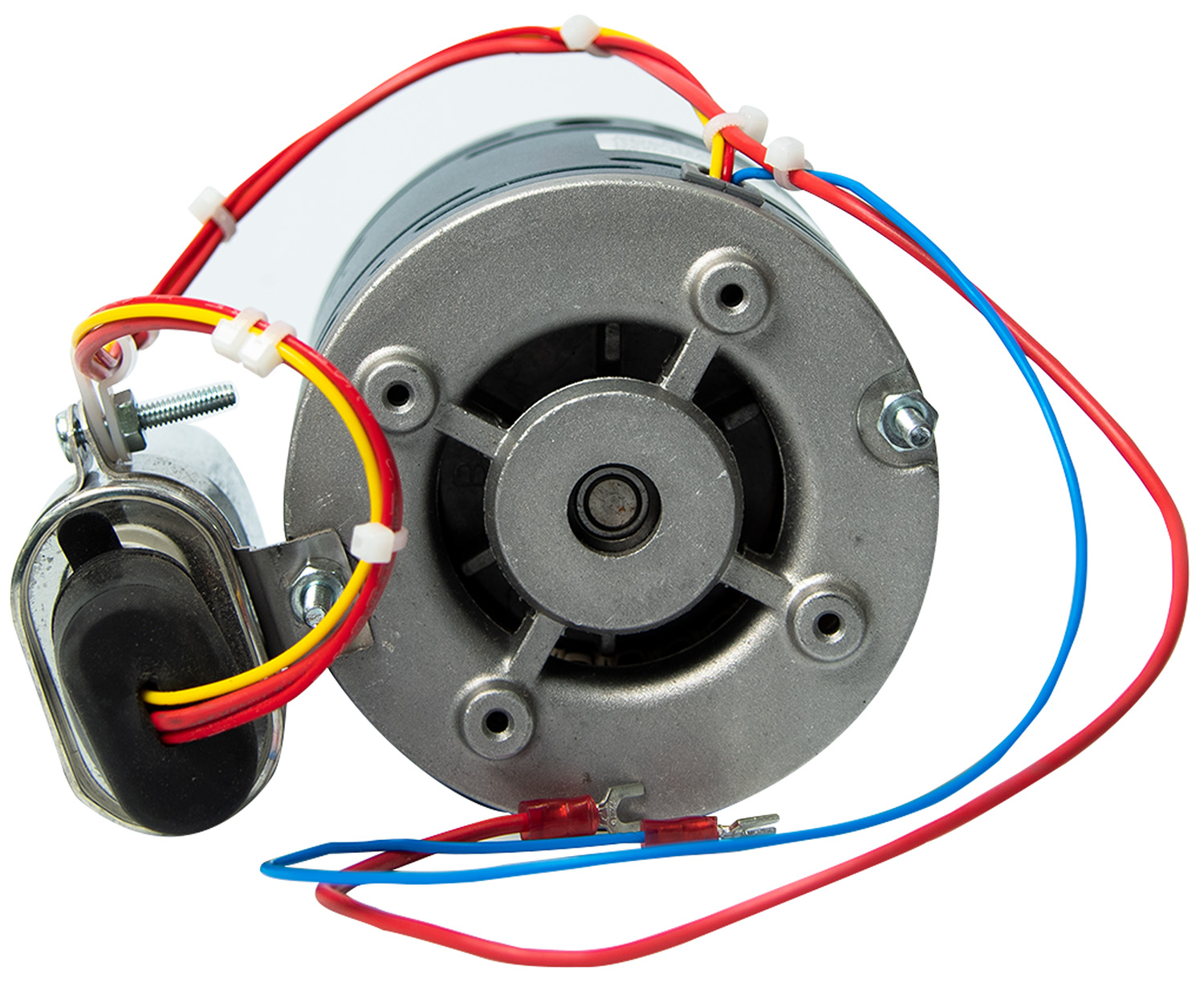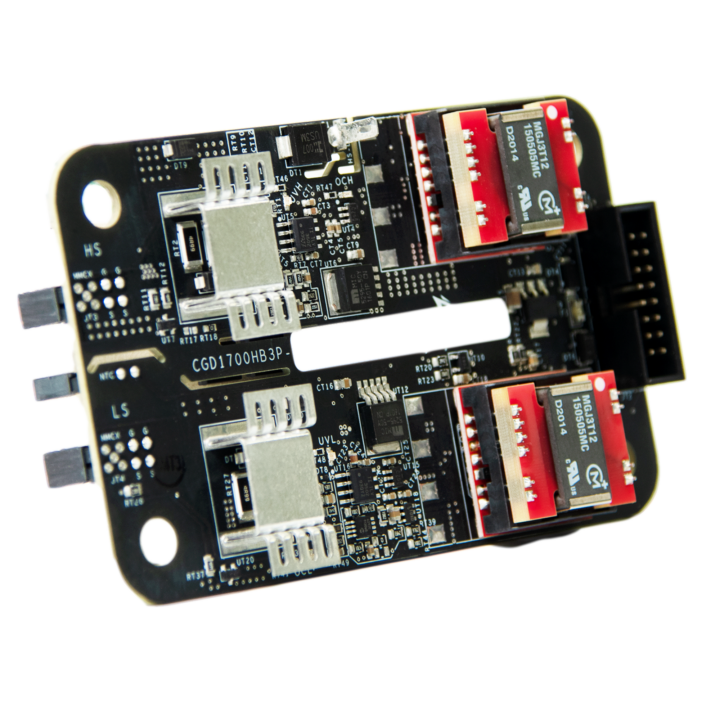Let Us Know How We Can Help. We Are Your Dedicated Solutions Provider.
Motor Assembly
- Home
- portfolio
- Technology
- Motor Assembly
Case Study: Design and Manufacturing of a Motor Assembly for Industrial Automation
Published: February 5, 2020, Category: Design / Technology
Overview
A leading manufacturer of industrial automation equipment approached us with a requirement for a compact, high-efficiency motor assembly to be integrated into their next-generation robotic actuator system. The motor assembly needed to meet tight tolerances, deliver high torque in a small footprint, and operate reliably under continuous-duty cycles.
Project Requirements
- Compact design with minimal weight.
- High torque output with low noise levels.
- Integrated gearbox for torque multiplication.
- Sensor feedback for precise control.
- Robust housing for harsh industrial environments.
- Thermal management and vibration resistance.
- Manufacturability at medium production volumes.

Design & Engineering Approach
1. Concept Development
- Multiple motor types were evaluated: BLDC (Brushless DC), stepper, and servo motors.
- A BLDC motor with integrated planetary gearbox was selected for its balance of performance, size, and efficiency.
- CAD models were created for motor, housing, and interface components.
2. Component Selection
- High-energy neodymium magnets for the rotor.
- Custom stator winding optimized for torque-density.
- Low-backlash planetary gearbox (4:1 ratio).
- Optical encoder for precise speed/position feedback.
- Thermally conductive but electrically insulating materials for heat dissipation.
3. Prototyping
- Rapid prototyping via CNC machining and 3D printing.
- Performance validated using in-house dynamometer testing.
- Modifications made to improve torque response and reduce vibration.
4. Electronics Integration
- Custom motor driver PCB developed with overcurrent, thermal, and stall protection.
- Integrated sensor inputs and CANopen communication protocol.
5. Mechanical Design & Manufacturing
- Aluminum housing designed for efficient heat sinking and structural integrity.
- All assemblies performed in-house with precision alignment tools.
- Tested to withstand IP54 environmental conditions.
Testing & Validation
- Torque-speed characterization under variable loads.
- Thermal cycling to verify reliability over time.
- Shock and vibration tests per IEC standards.
- EMC compliance to meet CE certification.
Results
- Final motor assembly delivered 30% higher torque than previous design.
- Achieved 15% reduction in overall size and weight.
- Met all thermal and noise specifications.
- Successful integration into client’s robotic actuator system.
- Scaled to production volumes of 500 units/month within 90 days.
Conclusion
This project demonstrated our full-scope capabilities—from initial concept through prototyping, validation, and manufacturing. The success of the motor assembly design directly contributed to the client’s product launch, providing them with a performance edge in the competitive automation market.

